Grey iron castings, also known as gray iron castings, are iron-carbon alloyed parts produced in foundries, not to be confused with forges. Inside foundries, gray iron material is cast and formed via closed mold operations for applications in a wide range of industries. Read More…
ZETWERK provides high quality grey iron casting components produced using range of materials including aluminum, zinc, copper, brass and bronze alloys. We also perform necessary secondary operations on the grey iron casting parts such as finish machining, surface treatment etc. ZETWERK is ISO 9001:2015 and AS9100D certified. Our grey iron casting plants are IATF 16949:2016 certified.

Metal Technologies produces high quality gray iron, ductile iron, damped iron, austempered ductile, compacted graphite iron, and value-added machining for a variety of industries. Each foundry has unique processes and capabilities that complement specific product families and specifications.

At Ferroloy, Inc., we take pride in our commitment to excellence in the production of grey iron casting products. With a rich legacy spanning several decades, our skilled team of professionals leverages state-of-the-art technology and unparalleled expertise to deliver high-quality castings that meet the diverse needs of our valued clients.

At Mid-City Foundry, we take pride in our expertise and commitment to delivering high-quality grey iron casting products. With decades of collective experience, our team excels in producing robust and reliable components that cater to a diverse range of industrial applications.

Impro Industries is globally recognized as a leading provider of high-precision, high-complexity, and mission-critical casting and machined components. Industries served include automotive, aerospace, medical, and many mor. Our team is dedicated to the quality of our every project, ensuring the highest customer satisfaction. Contact us today to learn more about our grey iron casting capabilities.

More Grey Iron Casting Companies
Industries that use gray iron castings include: agriculture, architecture, automotive, construction, electronics, irrigation, machinery construction, transportation, and ventilation.
Grey iron castings lend durability, hardness and strength to any operation for which they are used. The applications of gray iron castings are many. As non-flammable building components, they provide superior fire protection to wooden support structures. Also, their graphite/graphite flake content is useful in energy dissipation of parts like engine blocks and crankshafts, which depend on the dampening of mechanical vibrations.
Products Produced
Grey iron castings are a widely used manufacturing process to produce a diverse range of items across industries. One of the common applications is in valves, which benefit from the inherent strength and wear resistance of grey iron. The material’s excellent thermal conductivity also makes it suitable for cases and engine blocks, helping to dissipate heat efficiently and maintain structural integrity even under high-stress conditions. Dies, crucial in metalworking, are often made from grey iron due to its stability, durability, and capacity to withstand repetitive mechanical forces.
Pump housings take advantage of grey iron’s corrosion resistance and dimensional stability, ensuring reliable and long-lasting performance in harsh environments. Pipes made from this material benefit from its high fluid flow characteristics and ability to endure high pressure, making them ideal for transporting water and other fluids. Brake drums, which require high strength and thermal conductivity, benefit from grey iron’s ability to dissipate heat generated during braking, contributing to better overall braking performance.
The versatility of grey iron extends to decorative embellishments, as its ability to hold intricate details allows for the creation of aesthetically pleasing designs in architectural elements and ornamental items. Additionally, grey cast iron cookware, such as pans and pots, is favored by chefs due to its excellent heat retention and distribution properties, ensuring even cooking and imparting a unique flavor to the food.
Overall, the benefits of using grey iron castings lie in its exceptional mechanical properties, cost-effectiveness, and ease of casting complex shapes. The material’s high strength, wear resistance, thermal conductivity, and corrosion resistance make it a preferred choice for items subjected to challenging conditions and demanding applications. Whether it’s in industrial settings or everyday consumer products, the grey iron casting process proves to be a reliable and versatile method for producing a wide array of functional and decorative items.
History
The first type of iron to ever be cast, grey iron, has had a long and illustrious history in our world. The earliest cast iron products were made in China, circa the 5th century BC. At that time, iron was cast into the form of weapons, simple pots, plowshares and shot. Also, between the 9th and 4th centuries BC, people developed malleable iron casting. Malleable cast iron was much easier to manipulate. It is likely that the Chinese shared their cast iron process along the Silk Road. Despite this, Western Europeans didn’t begin iron casting until the 15th century AD. Artisans used the cast process to make heavy cannons for the British Royal Navy, per the instruction of Henry VIII.
A few centuries later, in 1707, a British man named Abraham Darby discovered a way to cast iron pots with thinner walls. He used this to make cast iron cookware. Using the same method, other manufacturers made cast iron shields and some body armor parts. This use of iron casting for armor was popular through the mid-1700s.
In the 1770s, James Watt developed an atmospheric steam engine, updated from an earlier one by Thomas Newcomen, Watt’s steam engine made gray iron casting easier and the parts produced more accurate and higher strength.
Before steel, people used grey iron castings as structural components of bridges. They made the switch to steel in the early 1800s, as steel has much higher tensile strength and hardness. The use of grey cast iron proved more successful in the construction of buildings like textile mills. The iron construction helped prevent fires. Textile mills benefited from this in particular because they were filled with combustible fibers and flammable dust. The iron helped so much that, eventually, manufacturers began making their equipment from cast iron as well.
Throughout the last century, gray iron castings continued to be popular. In 1967, for example, gray iron was being cast at about two and a half times the volume of other cast metals. That year, manufacturers cast upwards of 14 million tons of gray iron products.
Today, though gray iron is among the oldest irons, it is still routinely cast. This is a testament to its usefulness. Within the last decade, manufacturers have greatly increased the dimensional control with which they can cast grey iron. They’ve also been able to improve the quality of thin sections. Dimensional control and product quality will only improve in the coming years, as manufacturers continue to perfect these practices. To make better parts, manufacturers are also working on mold surface treatments that allow them to skip post-casting mold blasting procedures. Skipping this step translates to quicker and less expensive casting. As always, they’re also looking into ways to strengthen gray iron.
Materials Process
The generally accepted composition of grey cast iron is 95% iron by weight, plus 1% silicone to 3% silicone and 2.1% carbon to 4% carbon.
The high amount of silicone in grey iron produces graphite when heated. Graphite is the element responsible for gray cast iron’s coloring. You can see the gray graphite when gray iron fractures. When it fractures, it produces graphite flakes, evidence of its graphitic microstructure. In its natural form, the graphite flake looks like a literal flake. On a polished surface, cast iron graphite flakes look like fine lines. Graphite flakes crack easily, a quality which actually makes gray iron more castable. All in all, gray iron is between 6% to 10% graphite by volume.
The presence of carbon alters tensile strength and hardness. The higher the amount of carbon, the higher the tensile strength and hardness.
The exact appearance of individual grey iron depends on both temperature and timing. Other than appearance, variable properties of castings include: thermal conductivity, tensile strength, hardness, energy dissipation, resistance to wear and deformation, and melting point.
Additional elements may appear in grey iron castings. Some may have been placed there intentionally by manufacturers to alter specific properties. Others, like graphite, may have arrived by happenstance. Prominent among these are manganese, carbon and sulfur. When added to molten grey iron, manganese encourages the increased pearlite formation during the cooling stage, while sulfur increases hardness. Other elements may be present, but to a lesser degree.
Process Details
- To acquire gray iron, metalworkers must first mine iron ores or iron oxides and then process it in a special type of blast furnace, called an electric induction furnace or a cupola.
- When metalworkers have reached the gray iron material mixture they want, they proceed to casting.
- Iron foundry workers have a variety of processes at their disposal with which to produce grey iron castings, though they all more or less follow the same basic procedure. First, the grey iron is liquefied, then it is poured into a mold, where it is allowed to cool then ejected.
- No matter the method chosen, it is often the case after casting that the newly formed castings need to undergo secondary processes to finish them and to remove imperfections like burrs and scale. These processes include deburring, annealing, machining, galvanizing, painting, and more. To create more finished products, most iron foundries have the equipment and staff available to perform such processes in-shop.
Design
Manufacturers choose what grey iron material and what casting process to use based on the application requirements. It’s easy for them to select a material because ASTM classifies them according to their mechanical properties, such as tensile strength and ductility.
They choose processes based on factors like: desired end structure, casting solidification rate, cooling rate (determines properties), dimensional accuracy, desired wall thickness, desired part hardness and budget. Also, if your casting has an inner core, manufacturers must choose a method or mold design that will support that core. To create custom castings, manufacturers simply create custom molds/die casts and/or custom gray iron materials.
Machinery Used
Manufacturers perform cast iron casting in foundries. Inside an iron foundry, you will find casting machinery like: dies casts and molds, gating systems and furnaces, among others.
Die casts used for gray iron casting are formed out of two hardened tool steel dies. They may also be made from non-ferrous metals like: aluminum alloys, zinc or copper.
Molds may be made from a variety of different materials, depending on their application. Regardless, they typically feature a cavity where manufacturers pour the molten iron. The mold cavity is shaped in the pattern they wish the metal to take. They may modify the process by adding core inserts to produce holes or other internal features.
Gating systems complement molds. They guide the molten metal through a series of channels into the mold cavity. They feature components like: the pouring cup/basin, sprues, runners and gates.
Variations and Similar Processes
Different grey iron casting processes include centrifugal casting, die casting, sand casting and ductile iron casting.
Centrifugal casting is a method used to cast cylindrical parts and components that produces fine-grained outer surfaces with even dispersion. To work, liquefied grey iron is poured into a mold that rotates at high speeds as it is introduced. Centrifugal casting stands apart from many other types of casting because it is mainly used to create stock materials for further machining, as opposed to parts shaped for specific applications. Grey iron castings made via this process can also be almost any diameter, length, and thickness.
Die casting is popular for continuous cycle or the fast production of castings. It uses reusable molds that are made in the shape of the desired finished product. To die cast the metal, manufacturers must inject it into the die and apply pressure. Die casting is good for use with small to medium parts that require good dimensional stability, carefully produced details and good surface quality.
Sand casting, or sand molding, is a low-cost and low-maintenance casting option that uses a sandy mixture as a mold. The four main mixtures from which manufacturers may choose are called no bake, dry sand, skin-dried, and green sand.
- No bake molds are disposable molds, made of sand, a quick-setting resin, and a catalyst. They are formed with the help of a casting flask, which is usually made out of plastic, wood or metal. No bake molds employ a heat-free, cold-setting casting process.
- During dry sand molding, unbonded sand is mixed with an adhesive or a chemical binder, shaped to form a mold and then baked to a certain temperature to finish. To make castings, molten grey iron is poured into the mold, taking its shape.
- To create a mold using the skin-dried molding method, also known as air-dried molding, operators mix water, sand, a binder like clay and bonding additives and then dry it with a torch or heating lamp.
- Green sand molds are made the same way, minus the bonding additives and the heat drying.
Ductile iron casting, also known as spheroidal graphite casting, SG iron casting or nodular iron casting, was developed in 1943 by Keith Mills. This process involves melting and casting ductile iron (iron alloys with controlled microstructures) along with one of the elements that makes it ductile. This is usually either magnesium, cerium or yttrium. Ductile iron castings are not only more ductile than grey iron castings, but also have higher tensile strength than gray iron castings. Because of the high tensile strength and ductility it produces, ductile iron casting is used to produce: water pipes, sewer pipes and components of: windmills, tractors, trucks and cars, piano harps and oil rigs.
Benefits
Grey iron casting offers so many advantages. First, it lends to products with high damping capacity, compression strength and tensile strength. Second, it’s fast and easy to produce. Likewise, because of the presence of graphite and graphite flakes, grey iron has both good machinability and weldability. With it, iron cast foundry workers can create a wide variety of complex shapes. In addition, the grey iron casting process creates less shrinkage during cooling than similar casting methods. This means that castings require little secondary processing. The cherry on top is the fact that gray iron castings are relatively inexpensive, so an investment in them won’t break the bank.
Gray iron castings do have one disadvantage though, which is that they are not shock resistant and, with enough force, can shatter immediately.
Things to Consider
For a quality casting, you need to work with a reputable grey iron casting company. Find a quality foundry by checking out the companies we have listed on this page. Their respective profiles are spread throughout in between our informational paragraphs.
Before looking at them, we recommend you put together a list of your specifications so that you can readily compare and contrast their product offerings and services. Make sure to write down your budget, timeline and delivery preferences. Once you’ve got your list ready, get to browsing. Choose three or four casting manufacturers that appear to hold the most potential for your application. Reach out to each of them to discuss your specifications. Go over everything on your list; don’t be afraid to ask a lot of questions. Next, compare and contrast your conversations and the information you received. From among them, select the foundry that can offer you everything you need within your timeframe and budget. Then, call them up and get to work.
Check out our Die Castings website
Check out our Forgings website



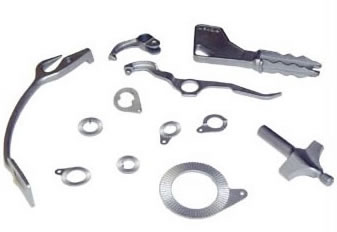





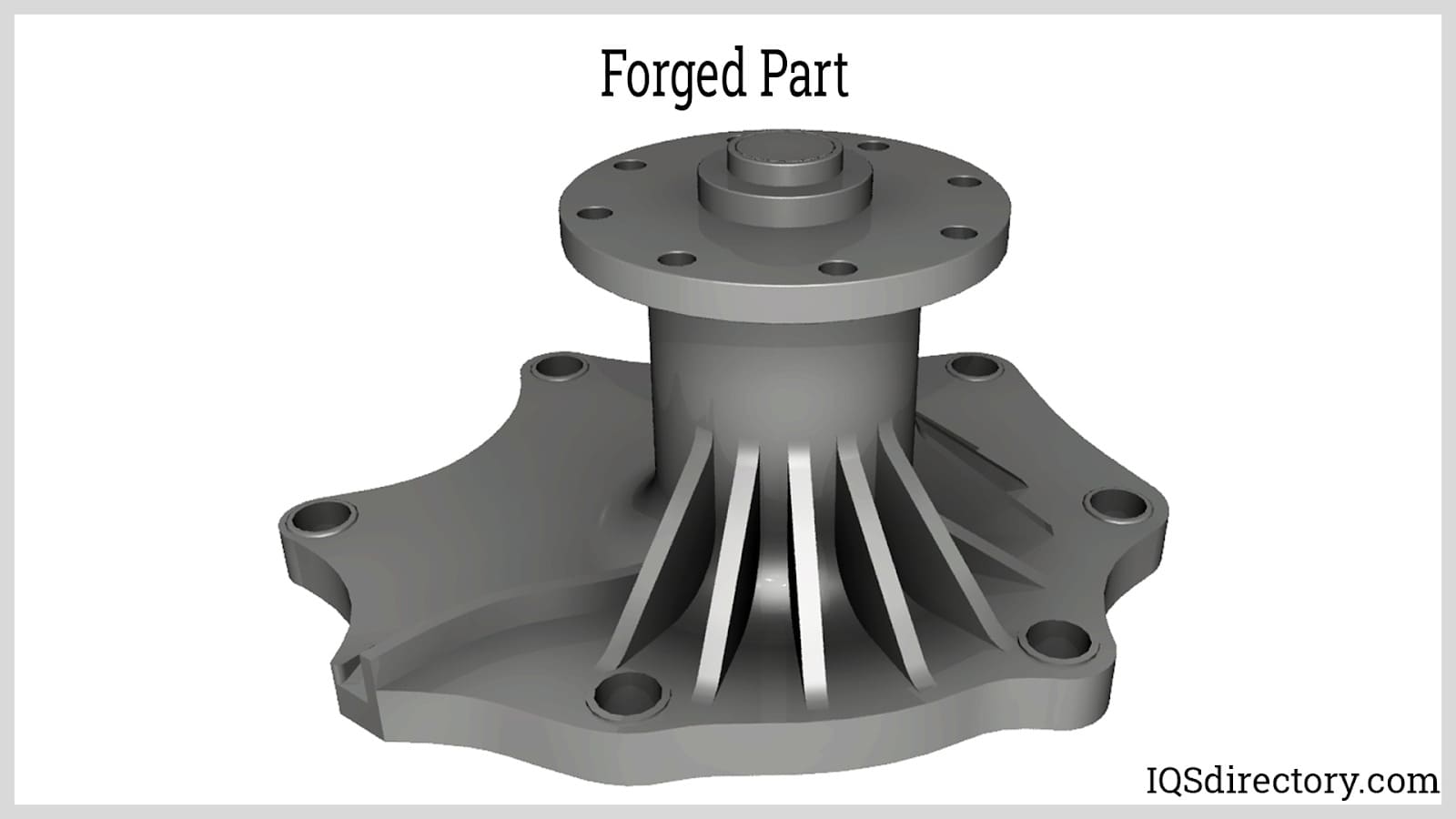
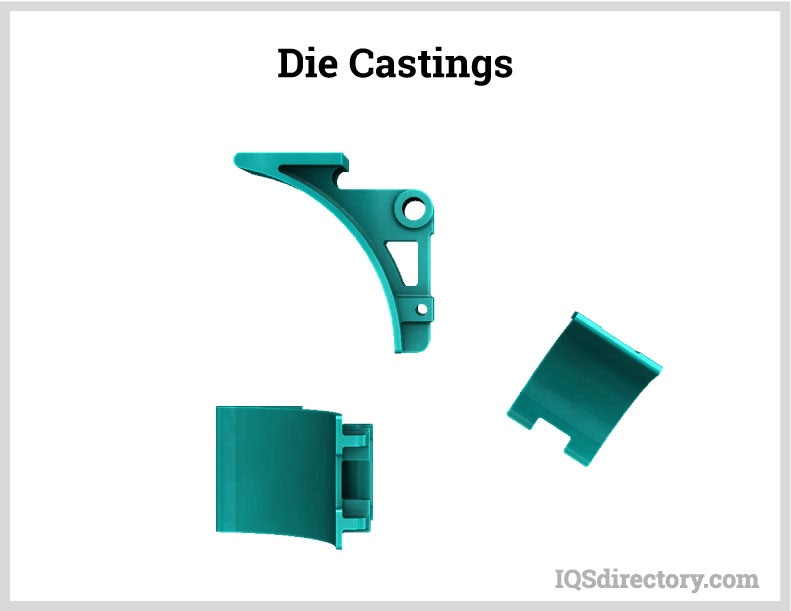

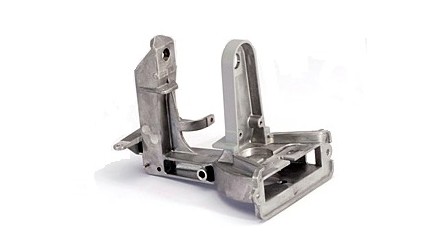 Die Castings
Die Castings Forgings
Forgings Grey Iron Castings
Grey Iron Castings Investment Castings
Investment Castings Castings & Forgings
Castings & Forgings Bulk Material Handling
Bulk Material Handling Electrical & Electronic Components
Electrical & Electronic Components Flow Instrumentation
Flow Instrumentation Hardware
Hardware Material Handling Equipment
Material Handling Equipment Metal Cutting Services
Metal Cutting Services Metal Forming Services
Metal Forming Services Metal Suppliers
Metal Suppliers Motion Control Products
Motion Control Products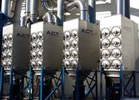 Plant & Facility Equipment
Plant & Facility Equipment Plant & Facility Supplies
Plant & Facility Supplies Plastic Molding Processes
Plastic Molding Processes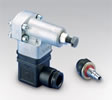 Pumps & Valves
Pumps & Valves Recycling Equipment
Recycling Equipment Rubber Products & Services
Rubber Products & Services